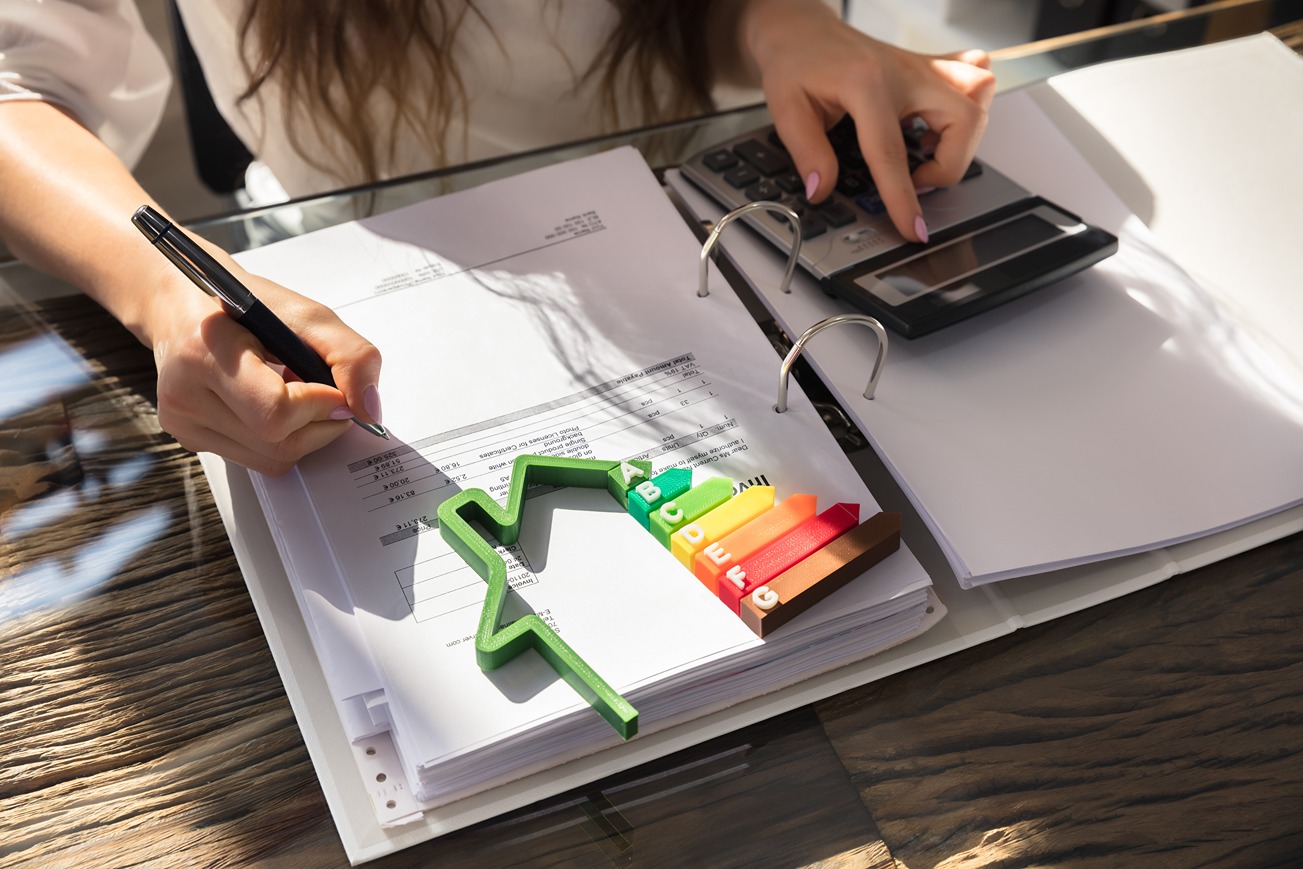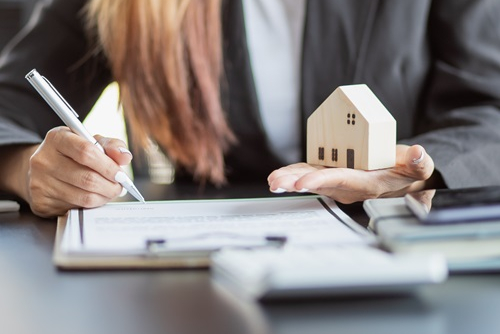What is buy to let?
When you ‘buy to let’, you purchase a property to rent. Considering becoming a landlord? This guide explains how buying to let works and its benefits. Learn about buy to let mortgages, tax liabilities and choosing the right property for yourself and your new tenants.
Buying to let advantages and disadvantages
Becoming a property investor is an exciting milestone. Make the process smoother when you understand the ins and outs before taking the first step. Let’s start with the pros and cons of a buy to let property.
Advantages of buying-to-let
- Financial freedom in the short and long-term
- Safe short-term investment as most homes gain value over time
- Profit from rental income
- Deduct expenses from your rental income in your rental profit
- If you buy a brand-new home with Barratt Homes, you’ll be have an NHBC warranty and insurance policy, known as Buildmark, which includes a 2 year builder warranty period, followed by an 8 year insurance cover.
Buying to let is a great short- and long-term investment to boost your monthly income or add another property to your portfolio.
Learn more about the advantages of buying a new home with Barratt Homes in our guide.
The potential disadvantages of buying to let
- Paying 18% to 28% of tax on any profit you’ve made on your buy to let property
- You may need to pay Capital Gains Tax if you decide to sell your property
How do I make money from a buy to let property?

Buy to let investments can help boost your income. When measuring your rental property's profitability, it's important to consider its rental yield – the financial return you can expect from a rental property. A good rental yield is benchmarked at around 5%.
If you want to buy a £200,000 home and charge your tenants £1,000 for their monthly rent, this works out at £12,000 a year. To work out the yield, divide 12,000 by 200,000 and multiply by 100. The yield, in this case, is 6%.
If you want to buy a £200,000 home and charge your tenants £1,000 for their monthly rent, this works out at £12,000 a year. To work out the yield, divide 12,000 by 200,000 and multiply by 100. The yield, in this case, is 6%.
What is a buy-to-let mortgage?
Buy to let mortgages are for buying homes when you won't live there yourself. But what are the differences between buy to let mortgages and residential mortgages?
- The amount you can borrow
- Buy to let mortgages are interest-only
- Buy to let mortgages can require a larger deposit
The amount you can borrow
The amount you can borrow no longer depends solely on your salary but on the rental income expected from your buy to let property.
Many lenders will also consider your income. In most cases, you'll need to be an existing homeowner earning at least £25,000 a year.
Many lenders will also consider your income. In most cases, you'll need to be an existing homeowner earning at least £25,000 a year.
Interest-only mortgage
Buy to let mortgages are interest-only.
This means you'll pay monthly interest on your mortgage instead of the loan. Monthly payments will be lower, but you may need to pay off the loan in full, sell the house or remortgage it at the end of your term.
This means you'll pay monthly interest on your mortgage instead of the loan. Monthly payments will be lower, but you may need to pay off the loan in full, sell the house or remortgage it at the end of your term.
Higher deposit

How do I choose a buy to let property?
Choosing a new buy to let property is an exciting step. Read on for advice to help you choose the best investment for yourself.
Budget is an essential factor when choosing a buy to let property. How much you can spend will determine the location, property type, and rent you can charge your tenants.
Be realistic about what you can afford and research how much you can earn from rental income.
Read more on how to get your finances in order in our comprehensive guide.
If you're unsure of the best location to start your search, estate agents can advise you and share insights into the local market. They can also help you advertise your property to potential tenants further down the line and arrange viewings. Your estate agent can also collect rent and help handle disputes when you're up and running.
You'll also need to factor in the mortgage amount you can get when planning your finances. Buy to let mortgages are available to help fund your investment, but you need to ensure you have enough budget for a deposit.
Set your budget
Be realistic about what you can afford and research how much you can earn from rental income.
Read more on how to get your finances in order in our comprehensive guide.
Talk to a local estate agent
Factor in the mortgage
Appeal to a particular type of tenant
When choosing your buy to let property, consider what type of tenant you'd like to attract and their needs.
Families often want to live near schools and amenities. Students may prefer more affordable properties closer to their university, transport links and nightlife.
Our brand-new homes around the UK are a perfect option for buying to let, energy-efficient, highly insulated and equipped with double-glazed windows.
Families often want to live near schools and amenities. Students may prefer more affordable properties closer to their university, transport links and nightlife.
Our brand-new homes around the UK are a perfect option for buying to let, energy-efficient, highly insulated and equipped with double-glazed windows.
What taxes do I pay on a buy to let?
There are some taxes to pay on buy to let homes, including:
- Tax on your rental income
- Capital Gains Tax
- Stamp Duty
Tax on your rental income
Your rental income is liable for income tax, calculated based on your tax band. You can deduct some costs, including letting agent fees, building and contents insurance and utility bills.
Capital Gains Tax
You'll pay Capital Gains Tax (CGT) when you sell your buy to let home.
If you're a basic rate taxpayer, CGT is charged at 18% or 28%, depending on your tax bracket. You have available allowances and can offset Stamp Duty, solicitor and estate agent fees.
If you're a basic rate taxpayer, CGT is charged at 18% or 28%, depending on your tax bracket. You have available allowances and can offset Stamp Duty, solicitor and estate agent fees.
Stamp Duty
For any second or additional property, including a buy to let, you'll need to pay an extra 5% Stamp Duty. The 5% Stamp Duty is also charged on the property price.
REAd our stamp duty guide
REAd our stamp duty guide
What are the best locations for buy to let properties?
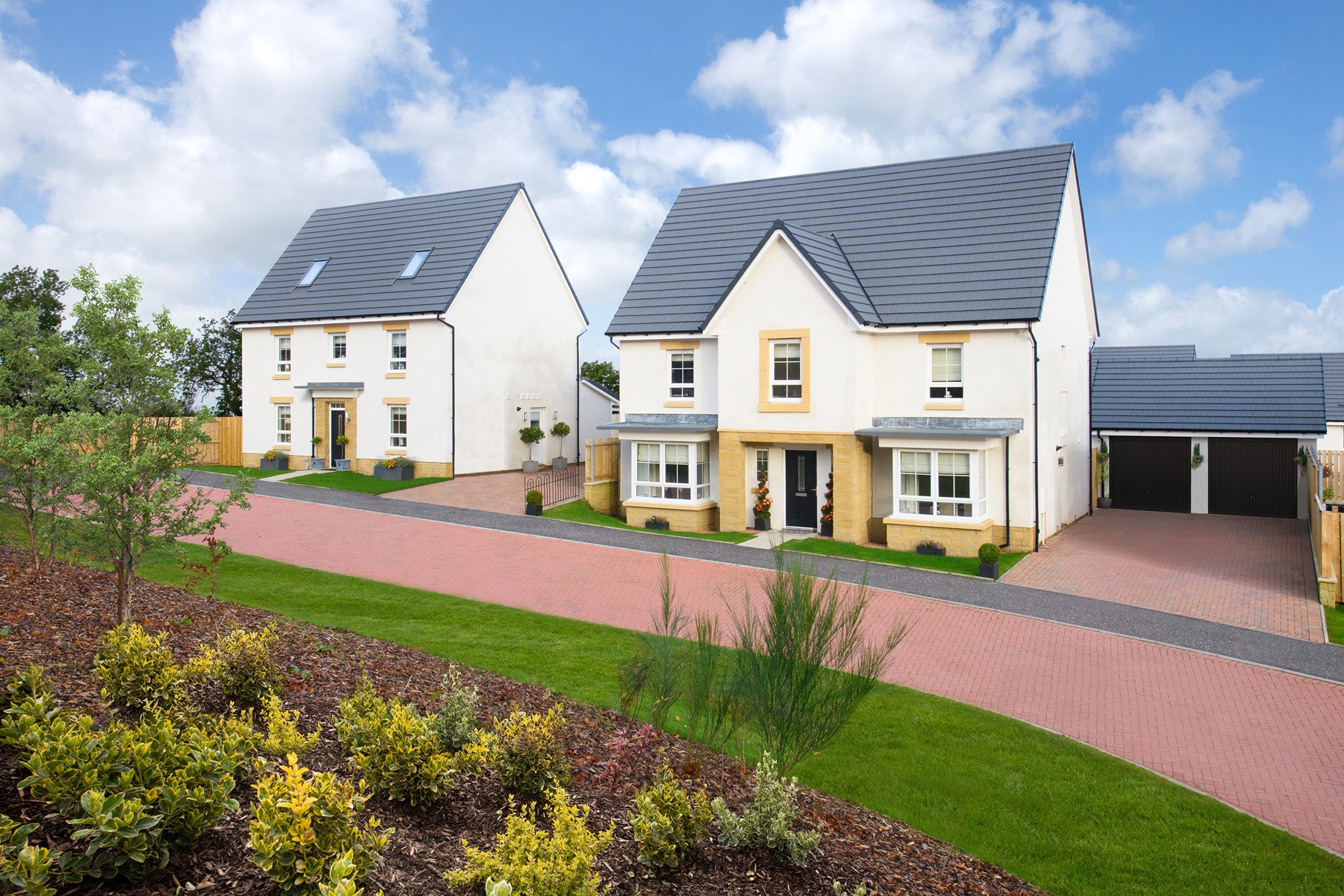
Wondering which location is best for your buy to let property? The best areas for buying to let in the UK include:
Top tips for buying to let
Ready to become a landlord? Here are our top tips to help you maximise your investment.
Research the market
Before diving in, it's a good idea to familiarise yourself with the market – what costs are included, the advantages and disadvantages of buying to let and your legal responsibilities.
Get help from a letting agent
If this is your first buy to let property, you may want to contact an estate agent to help you do things right.
Do your checks
Check your tenants' references and credit scores to confirm they can afford the rent.
Protect yourself
Invest in insurance to cover yourself for all eventualities.
Buy a newer home to reduce maintenance costs
Buying new can help you save on maintenance and refurbishment costs.
Take care of your property
Invest in attractive, quality furniture and ensure your property looks good. The better it looks, the more likely you’ll find the right tenants.
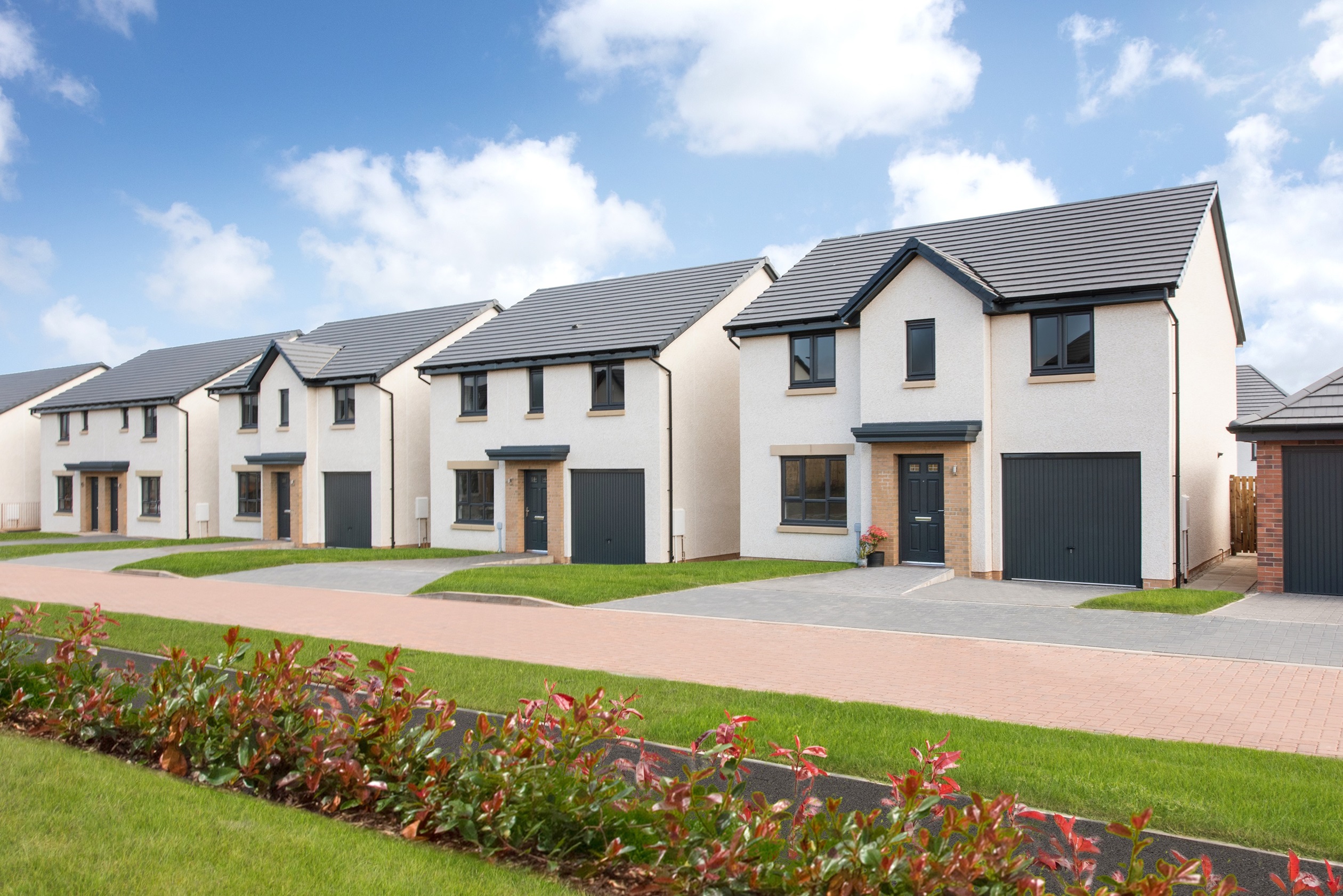
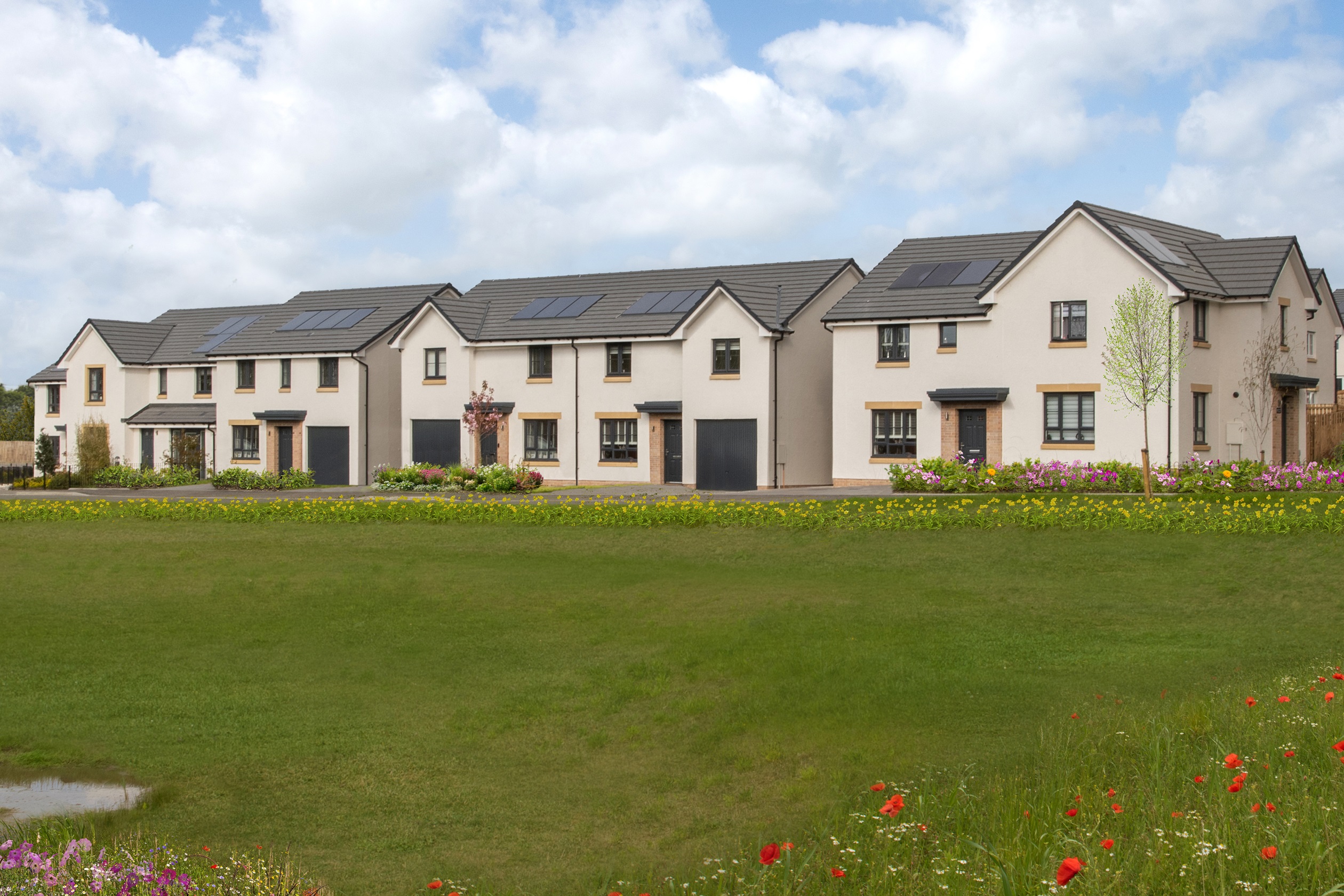
Buy to Let FAQs
-
Typically, a minimum deposit of 20% of the property value is required for a buy-to-let mortgage.
-
Buy-to-let is a type of property investment where you purchase a property to rent out to tenants, with the aim of generating rental income and potential capital gains.
-
Pitfalls of buy-to-let include potential rental voids, maintenance costs, difficulty finding suitable tenants, and changes to the tax treatment of rental income.
-
The amount you can borrow for a buy-to-let mortgage depends on various factors, including the rental income potential of the property, your credit score, and your income. Typically, lenders may offer up to 75% loan-to-value (LTV) for buy-to-let mortgages.
Start your search today
We build our homes with a long and happy future in mind, so why not start your search for your brand-new Barratt home today?

